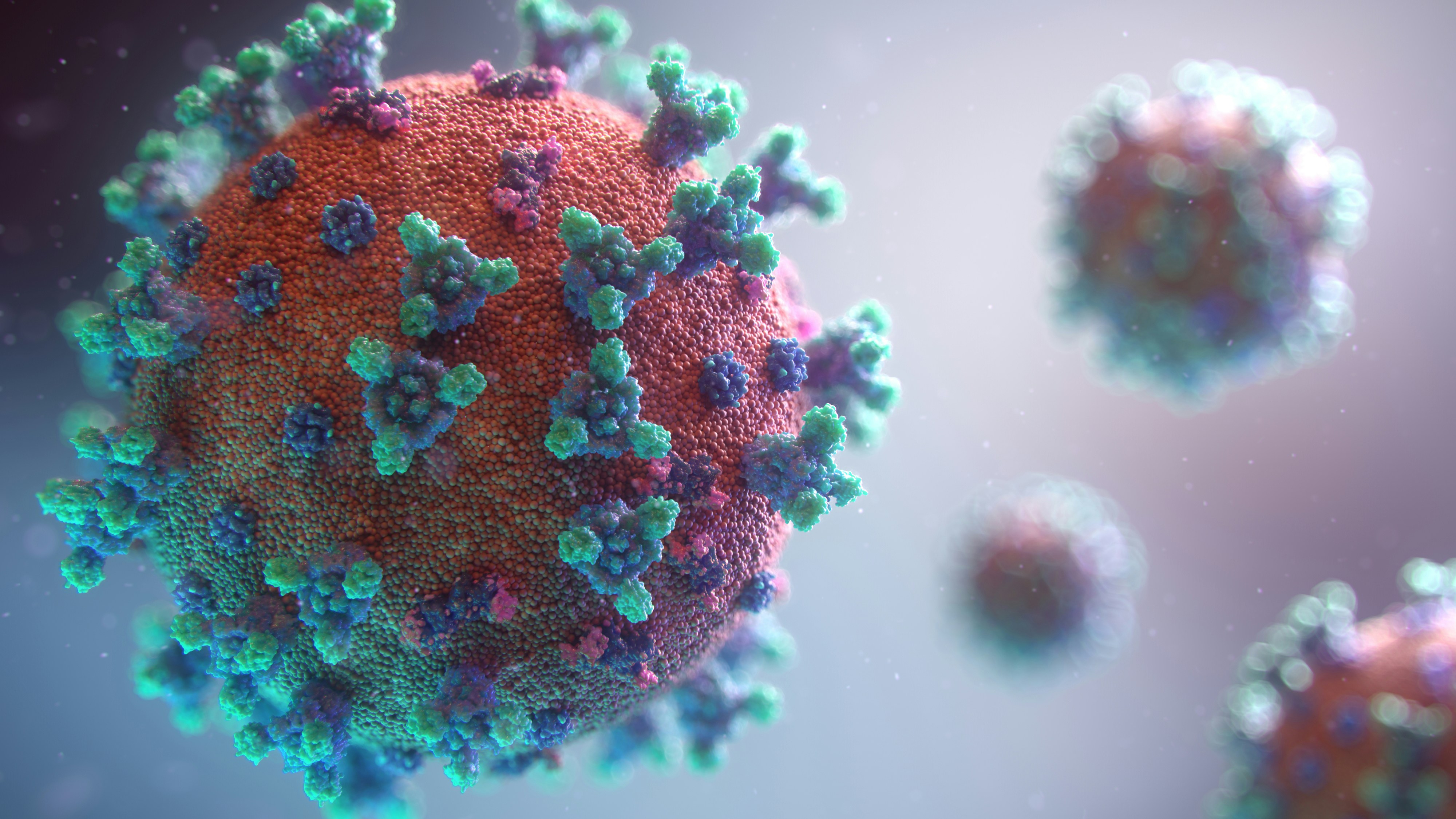Flu Season 2025: Symptoms, Vaccine Timing & Request an Ambulance
As respiratory infections rise in autumn, here’s home-care advice, guidance for risk groups, and emergency red flags.
10/05/2025

With October, influenza (flu) and other respiratory infections tend to increase. School season, more time indoors, and changing weather all raise transmission risk. This post gives you a practical roadmap for the 2025–2026 season.
Flu Season 2025: Symptoms, Vaccine Timing & Request an Ambulance
1) Flu vs. Common Cold—Key Differences
- Flu often starts suddenly: high fever, widespread muscle aches, headache, marked fatigue.
- Colds are milder: runny nose, sneezing, mild sore throat.
- COVID-19 can look similar; get tested if available.
2) Home-Care Plan
- First 48 hours: rest, adequate fluids, regular meals, fever control.
- Ventilate the room frequently; use individual towels; masks can reduce household transmission.
- Use medications as advised by your doctor; antibiotics don’t work on viruses.
3) Who’s at Higher Risk?
- Adults 65+, children under 5 (especially under 2)
- Pregnant and breastfeeding individuals
- Chronic conditions (COPD, asthma, heart/vascular disease, diabetes, kidney/liver disease)
- Immunocompromised (chemotherapy, corticosteroids, etc.)
4) Vaccine Timing and 2025 Notes
- Best time: October–November; higher-risk groups shouldn’t delay.
- Vaccination reduces severe disease and hospitalization risk and can make illness milder if you do get sick.
- Mild fever or muscle aches after vaccination are common and usually resolve in 1–2 days.
5) When to Call 112 or an Ambulance
Red flags for urgent assessment:
- Shortness of breath, cyanosis, chest pain
- Confusion, persistent sleepiness, stubborn high fever (especially in children)
- Severe dehydration: reduced urination, excessive thirst, dizziness
- Rapid deterioration in high-risk individuals
- In children: fast breathing, chest retractions, blue lips, inability to feed
Call 112 without delay in these situations. Nova Ambulans provides advanced life support equipment and experienced crews for safe transport and initial care at home or on the road.
6) Prevention—Simple but Effective
- Hand hygiene, masks and distancing in crowded/indoor spaces
- Adequate sleep, balanced diet, regular exercise
- Rest and isolate when sick; limit contact with high-risk people
For a healthy autumn, preparation matters. For planned transport or event medical coverage, contact us.